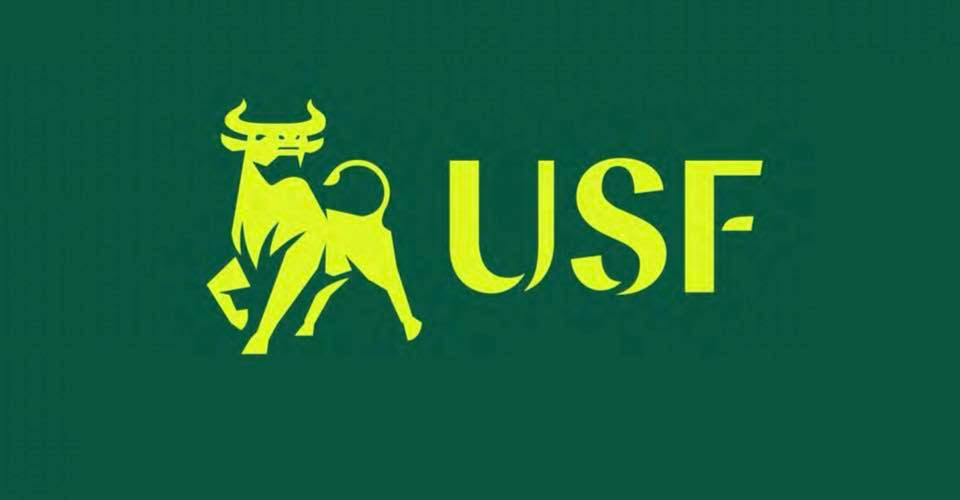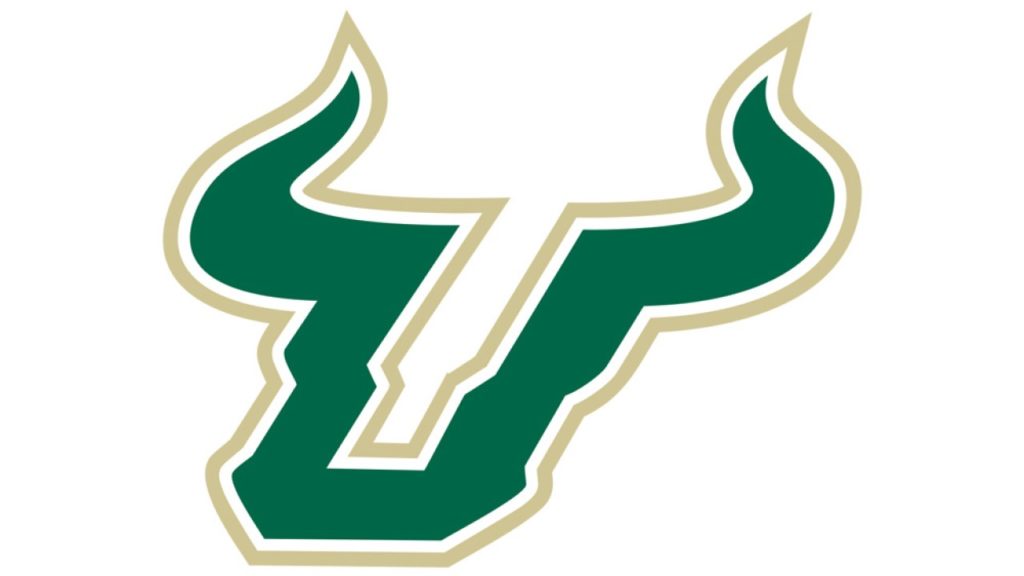
Courtesy of USF
By James Bennett III
After spending approximately $1 million on rebranding, the University of South Florida decided to trash its redesigned logo only eight months later.
Alumni, students, faculty and staff received an email on May 6 telling them that the recently implemented USF logo, which features a full-bodied bull, is being replaced with the “Bull U” logo that has been used by the athletic department for 15 years.
Adam Freeman, USF spokesperson, said in an email that the $1 million implementation of the full-bodied bull includes the installment of new signs on university buildings.
“We wouldn’t be Bulls if we didn’t take risks,” said Joe Hice, vice president of communications and marketing, in an email. “That’s part of our nature; to push boundaries; to venture in new directions; to try new things. Even if we have to turn back, we grow and we learn.”
The initial rebranding, which was announced by USF system President Judy Genshaft during her annual fall address on Sept. 5, incorporated aspects of the bronze bull statues that stand on all three USF campuses. The new logo borrowed a “regal stance” from Tampa’s bull, an “optimistic, upward-angled head” from St. Petersburg’s bull and a “strong body and curved tail” from Sarasota-Manatee’s bull.
Although university stakeholders were consulted about the new logo that was designed by Hice, who also designed University of Florida’s “Gator Nation” campaign, it is unclear whether any students were surveyed during the 1,200 interviews that were conducted by USF’s marketing department.
Unfortunately, the logo change was met with heavy criticism from members of the USF community, many of whom drew comparisons to Wall Street company Merrill Lynch’s bull logo and rejected the new lime green color palette.

Courtesy of USF
The implementation of the “Bull U” logo is already underway, and USF is still moving forward with its “A Future Without Limits” marketing initiative, which has already reached 25 million people through advertisements.
“Think of what we have accomplished under the Bull U, the students we have attracted, the faculty we have attracted. We became preeminent and were awarded for our performance,” Hice wrote. “We raised more than $1 billion. We created an ever-improving culture of student success and academic achievement.”



